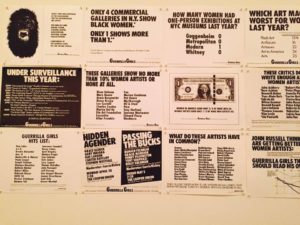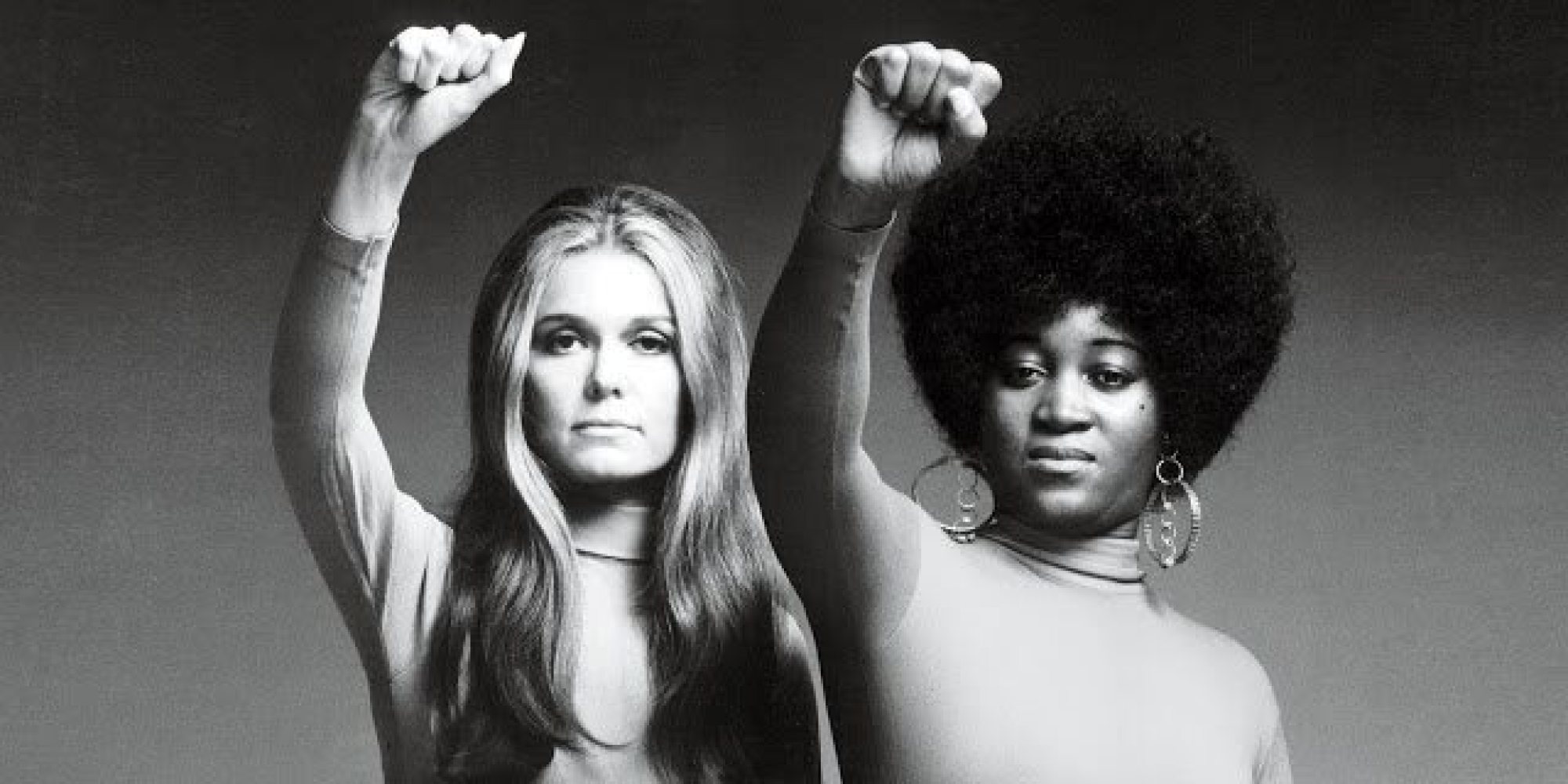WEST LONG BRANCH, N.J. – Election Day is just around the corner, and fighting for the presidential title are undoubtedly two of the most controversial candidates in American history. While the prospect of “Madame President” is becoming a more realistic vision, it’s still too soon to tell if Secretary Clinton’s potential election will actually be a victory for all women.
In 1848, the first women’s rights convention was held in Seneca Falls, New York, and resulted in the creation of an outline of 12 resolutions which called for the equal treatment of men and women. Nearly 20 years later, in 1869, Susan B. Anthony and Elizabeth Cady Stanton formed the National Woman Suffrage Association. However, it wasn’t until then Secretary of State Bainbridge Colby signed the 19th Amendment into law in 1920, that women were granted the right to vote. It then took another 96 years for a woman to even win a major party nomination in a presidential race.
Throughout the entire timeline of women’s liberation and the feminist movement, there has always been one glaring setback that is increasingly difficult to ignore. Despite building a community and powerful movement under the guise of equality for all, the foundation the movement was built on kept a very exclusive group at its forefront: white, heterosexual women.
In 1913, during a suffrage parade in Washington D.C., black women were told they could either march at the end of the parade or not march at all. Regardless of the fact that all women were fighting for the same rights, women of color were still faced with oppression. Unfortunately, even with the victory of the 19th Amendment and all that the feminist movement has accomplished, oppression of women of color continues to occur today; and the movement continues to often ignore it.

The face of any mainstream feminist movement has always been a white woman. We had Betty Freidan in the early 1960s, then the momentum continued with Gloria Steinem as the star throughout the 1970s. It wasn’t until bell hooks critiqued Freidan’s The Feminine Mystique in 1982 that the idea of white feminism began to gain widespread traction.
“When it comes to [the idea of] white feminism, I think that they’re fighting for rights that only affect themselves and tend to leave out women of different races,” says Michelle Waab, Monmouth University senior. “[White women] are the dominant class when it comes to the female population. They have benefits and privileges that women of color are still fighting for.”
As the Women’s Liberation movement began to make strides in voting rights and income inequality, women of color began to separate themselves from the movement – black women specifically, thus creating the Black Feminist movement. The Black Feminist movement took on the fight over reproductive rights and institutional racism.
An essay published on the Huffington Post by Georgia Class-Peters of the University of Delaware discusses the “womanist” movement, a product of the Black Feminist movement. The womanist movement is an exclusive collective concerned with eradicating the racial and gendered oppression black women must face in society. According to Pew Research Center, black women earn nearly 20 percent less in their yearly income than white women, who already earn less than what men of all races do.
Despite being a movement exclusive to black women, the elements of the womanist movement need to be put in the spotlight as they are beneficial to a wider variety of women. Perhaps sometime in the future we women will be able to band together and create a movement inclusive to all women rather than just women of one particular race.




